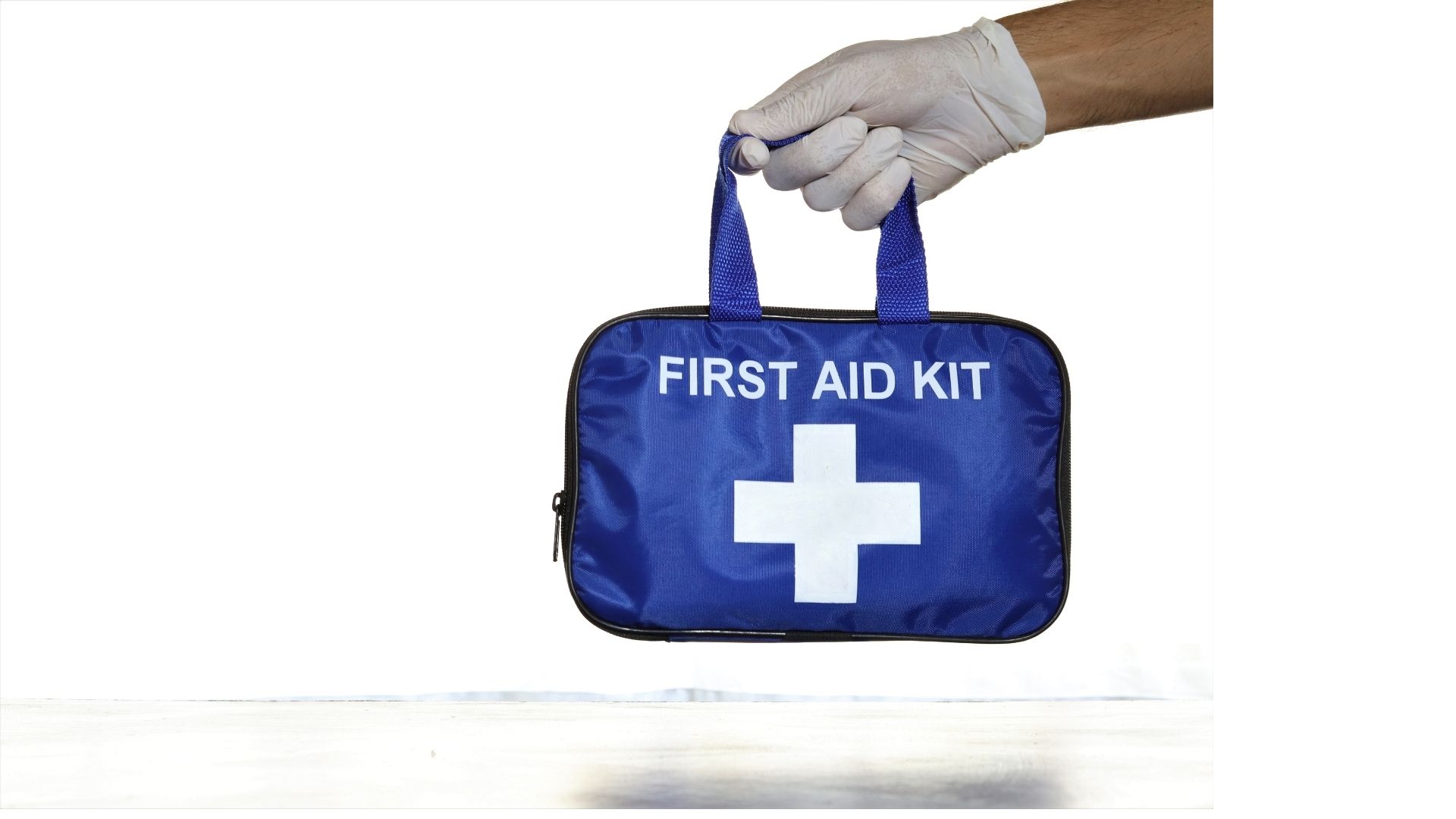Hiking in the backcountry, traveling in raw and wild places, and exploring the great outdoors does not come without risks. You are going to need the right supplies to travel into the wilderness safely.
If you are planning to travel off the beaten path and go on an adventure with your own or with others, being prepared with a travel first aid kit can go a long way. Even if you are just camping for a night or traveling for the next few days, there are few items on your first aid kit that will come in handy.
Without a travel first aid kit, you might be helpless in the face of an accident or injury.
For basic camping trips in the front country, a pre-assembled survival first aid kit from the local pharmacy store should suffice. Pre-assembled kits usually include all of the first aid essentials that are excellent to start with.
Things to keep in mind when buying a pre-assembled kit
- How many people the kit can sustain?
- What are the tools/aid included in the price? Does it have the essentials?
- What is the estimated weight of the kit?
- Is it waterproof?
However, if you are planning to travel and camp in 1into a more remote backcountry or backpacking for a while, you might need to add items to your kit with some other items not found on the pre-assembled ones. Picking and choosing the items yourself is a smart move, as you will know exactly what is on the kit, why it is there, and how to use it.
Do not get caught in the great Australian outdoors unprepared. Things can and occasionally do go wrong in any adventure and taking a well-stocked kit with you is always advised.
Here are the first aid supplies you need to bring with you for a successful and healthy travel and camping trip.
1. Prescribed medicines
The Centers for Disease Control and Prevention (CDC) recommends packing the medicines you take regularly at home. Take enough medicine for the time you are traveling plus extra in case the return home is delayed. Put them in their original containers with labels, along with your name and dosage details.
For those who have chronic conditions such as diabetes, seizures, or allergies, wearing a medical alert bracelet is recommended.
2. Pain medications
Include in your travel first aid kit a few tablets of acetaminophen, ibuprofen, or aspirin that is used to help relieve pain, headaches, fever, and simple sprains and strains.
3. Antihistamines
This is an anti-allergy medication that inactivates the histamine produced by allergic reactions. This provides temporary relief of sneezing and coughing, watery eyes, and runny nose due to allergies and hay fever. Antihistamines also relieve upper respiratory allergies.
4. Bandages
Bandages of assorted sizes should be a staple in your kit. Bandages are used to cover minor cuts and scrapes.
5. Triangular bandage
You will never know when you will be injured. A triangular strap comes in handy in wrapping injuries and making arm slings.
6. Elastic wraps
Used to wrap the injuries in the wrist, ankle, knee, and elbow area.
7. Adhesive tapes
Useful in keeping the gauze in place.
8. Safety Pins
A must-have to fasten splints and bandages.
9. Antiseptic wipes
Used to disinfect a wound or clean hands and tools such as tweezers, scissors, and utensils. (Note that not all utensils and tools are allowed in a carry-on bag when traveling by air.)
10. Antibacterial hand wipes
This is an alcohol-based cleaner that is mainly used for keeping the hands clean. These wipes should contain 60% alcohol or more.
11. Hydrogen Peroxide
This is a common “go-to” in a wound injury. Hydrogen peroxide Is used for cleaning and disinfecting wounds.
12. Gloves
Gloves are used as an added barrier against infection in any first aid situation. This should be worn whenever there is a likelihood of contact with bodily fluids.
When buying, choose disposable, latex-free gloves at all times to prevent allergic reactions.
13. Scissors
Preferably with rounded tips to cut adhesive tapes, gauze, and clothing, if necessary.
14. Tweezers
This tool helps in removing small splinters, foreign objects in different areas, bee stingers, and ticks attached to the skin.
15. Ice packs (cold compress)
Choose disposable instant-activating cold packs to cool injuries and burns, as well as to reduce swelling and bruises in sprains and strains.
16. Thermometer
Used to take temperatures in case of illness, both hot and cold.
17. EpiPen
EpiPen or Epinephrine auto-injector is an easy-to-use device that helps in halting the allergic reaction and if necessary, re-open the person’s airway that the anaphylactic reaction has narrowed or swollen shut.
18. Calamine lotion
Use of calamine lotion will dry out the oozing and weeping of poison unto the skin (e.g. poison ivy, poison oak, poison sumac) and soothes the irritation of most skin rashes acquired in the forest or while traveling.
19. Hydrocortisone cream
It is an essential part of every first aid kit and is used to reduce skin inflammation such as redness, swelling, itching, and irritation.
20. Insect repellant
If you are visiting a place where mosquitos and others could be a problem, an insect repellant could be a lifesaver. It can help reduce exposure to mosquitos and allows you to continue to play and enjoy outdoors with a reduced risk of mosquito bites.
The best travel and camping first aid advice we have given out a thousand times is that “Prevention is better than cure.”
Plan and do your research, be prepared, and be observant of your surroundings when are out in the campgrounds or anywhere else you are traveling.
Take the time to consider all factors when making your kit – the experience, the weather, length, familiarity, the terrain, the level of difficulty and so much more! While we hope you may never experience the need to use any supplies from your kit, it is important to prepare for any and all situations.

